
At-home teeth whitening is a growing trend, but many people avoid it due to sensitivity and pain caused by traditional peroxide-based products. That’s why at neen, we chose PAP (phthalimidoperoxycaproic acid) — a gentle, science-backed whitening agent that delivers sensitivity-free and pain-free whitening while protecting your enamel and gums. Our products offer a sensitivity free home whitening experience.
Unlike hydrogen peroxide, which penetrates deeply and may cause irritation or sensitivity, PAP works on the surface, breaking down stains in a gentler way. It doesn’t oxidize or damage the tooth structure — making it perfect for sensitivity-free teeth whitening in a home setting, providing an effective sensitivity free home whitening solution.
PAP doesn’t reach the dentin or nerve endings — which means no tingling, no pain, just visible whitening results that contribute to a sensitivity free home whitening routine, ideal for a pain-free experience.
Unlike peroxide, which can weaken enamel over time, PAP preserves it. It’s perfect for gradual, frequent whitening without the risks, allowing for effective sensitivity free home whitening.
Recent research shows that PAP may also help reduce plaque and bacteria — supporting overall oral health while whitening, enhancing your sensitivity free home whitening experience.
PAP is more compatible with the body and the environment. At neen, we’re proud to offer whitening that’s both effective and sustainable, ensuring you have a sensitivity free home whitening option.
If you want a whiter smile without the risks of traditional whitening, PAP is the way forward:
At neen, we’ve included PAP in our Bright Beam LED Whitening Kit and Bright Bands whitening strips — for results you’ll love, minus the sensitivity. Choose us for a truly effective sensitivity free home whitening solution.
Share it by
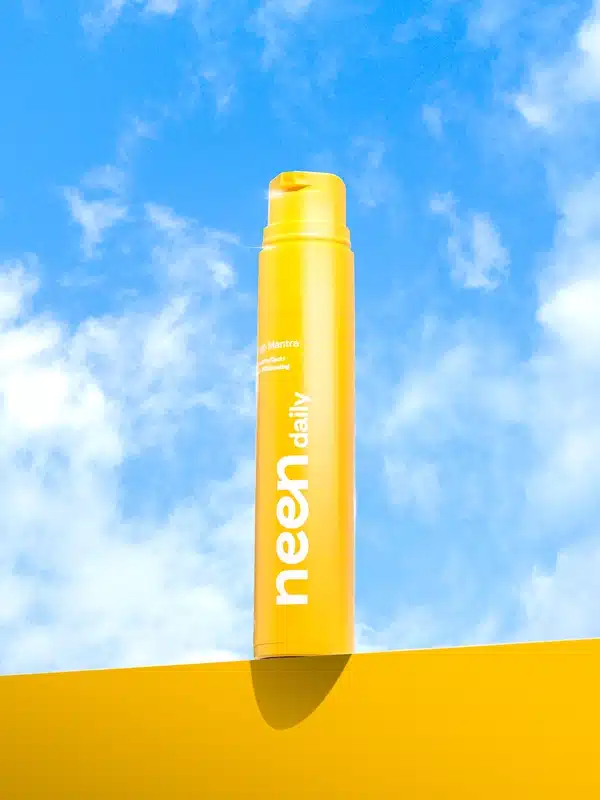
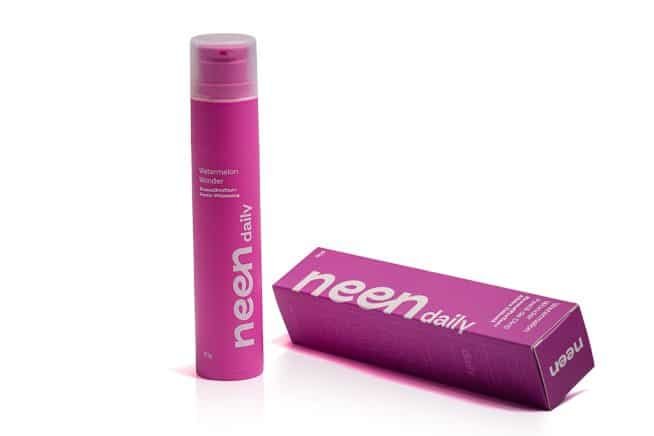

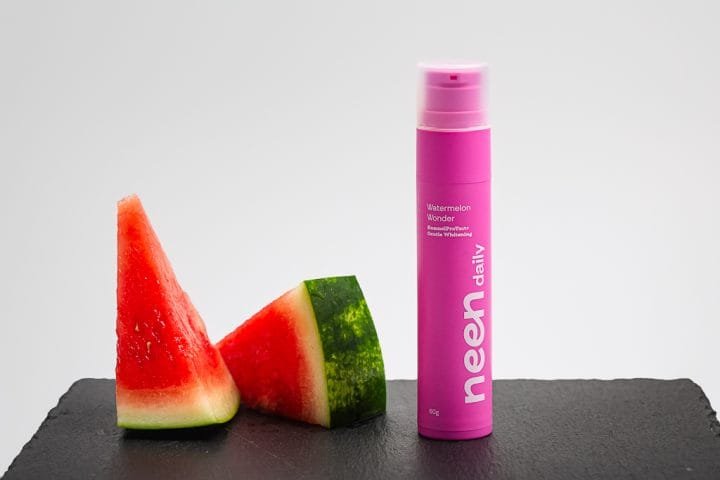
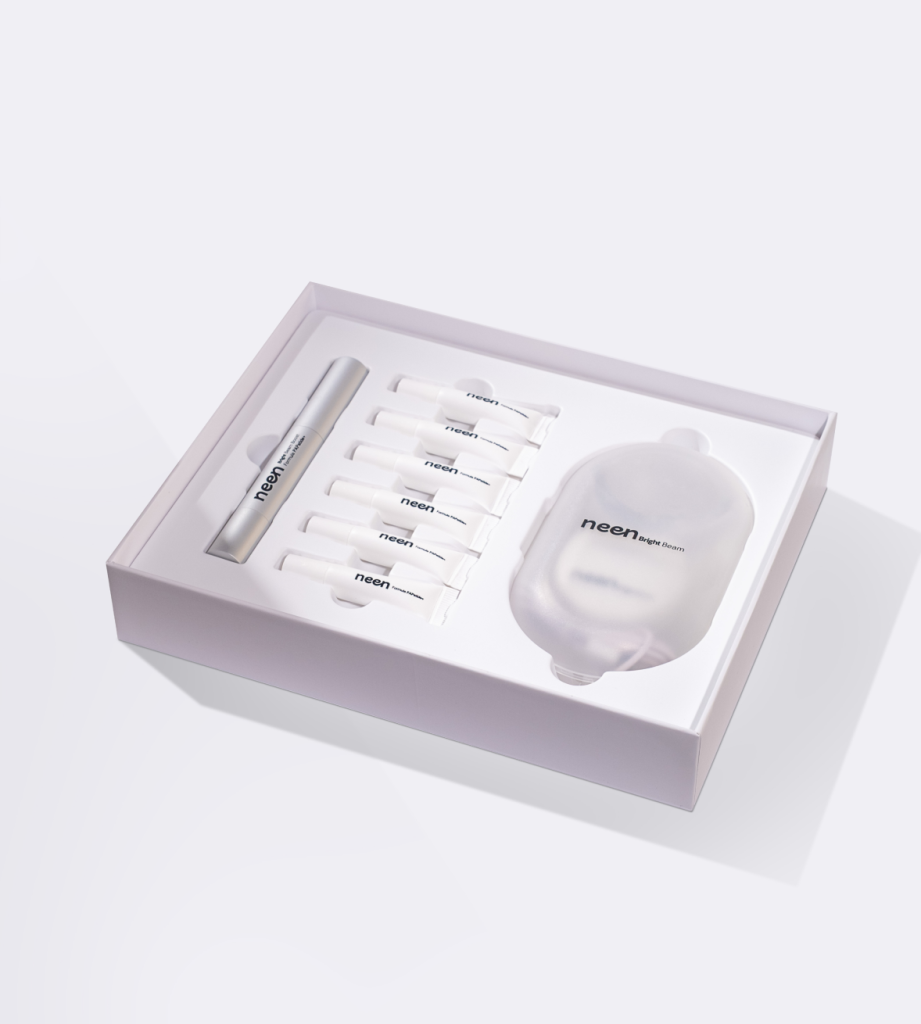
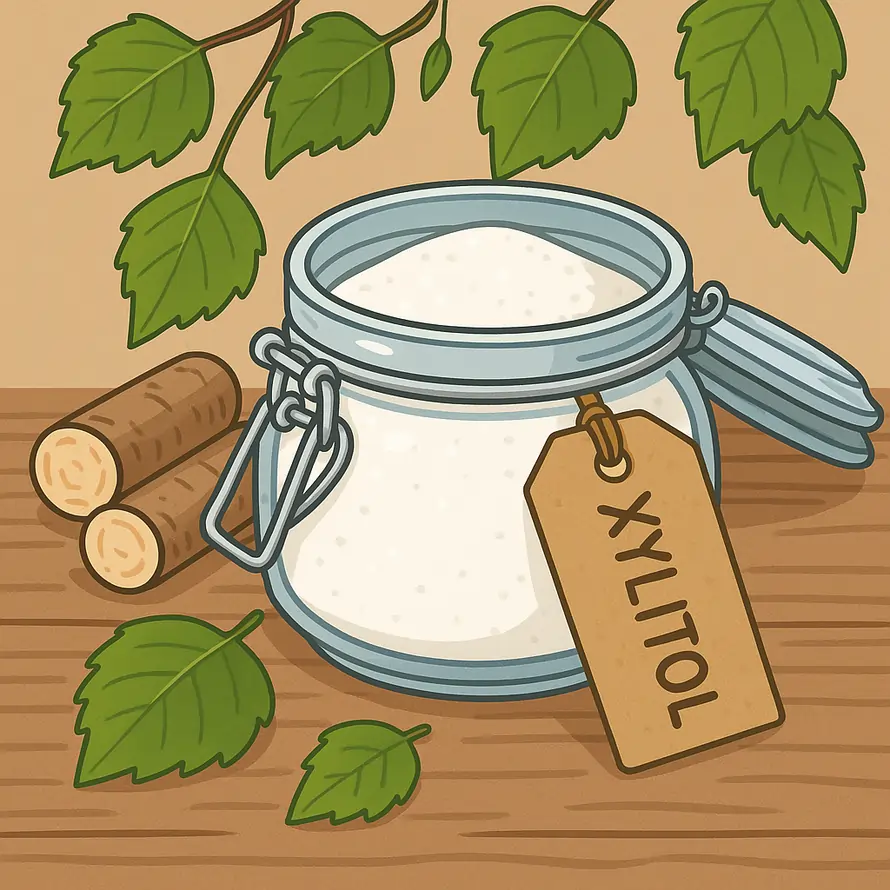



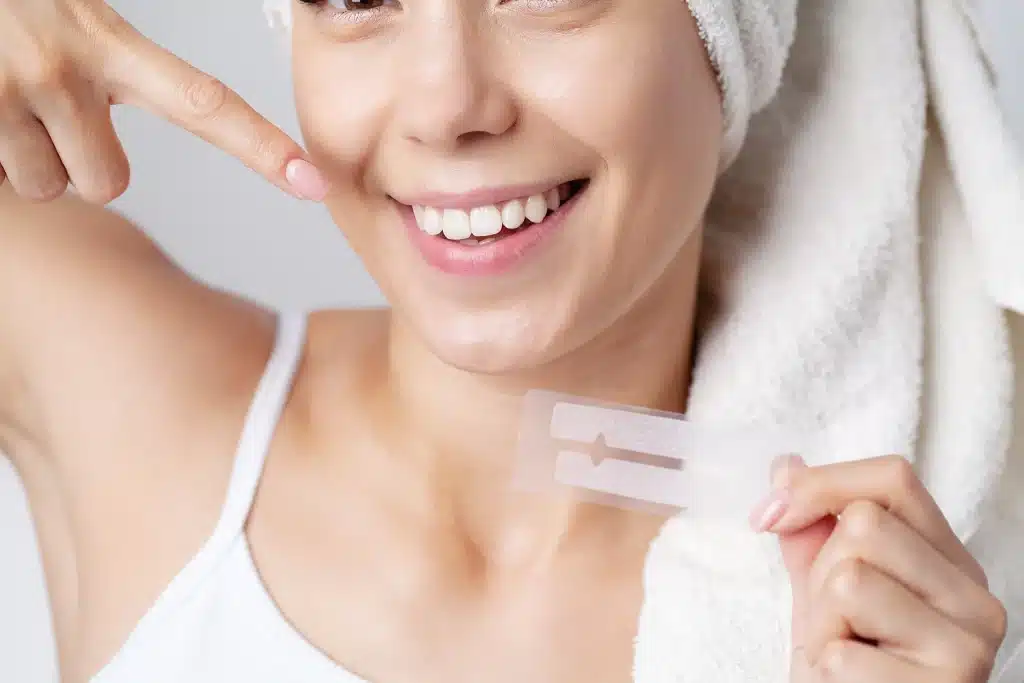
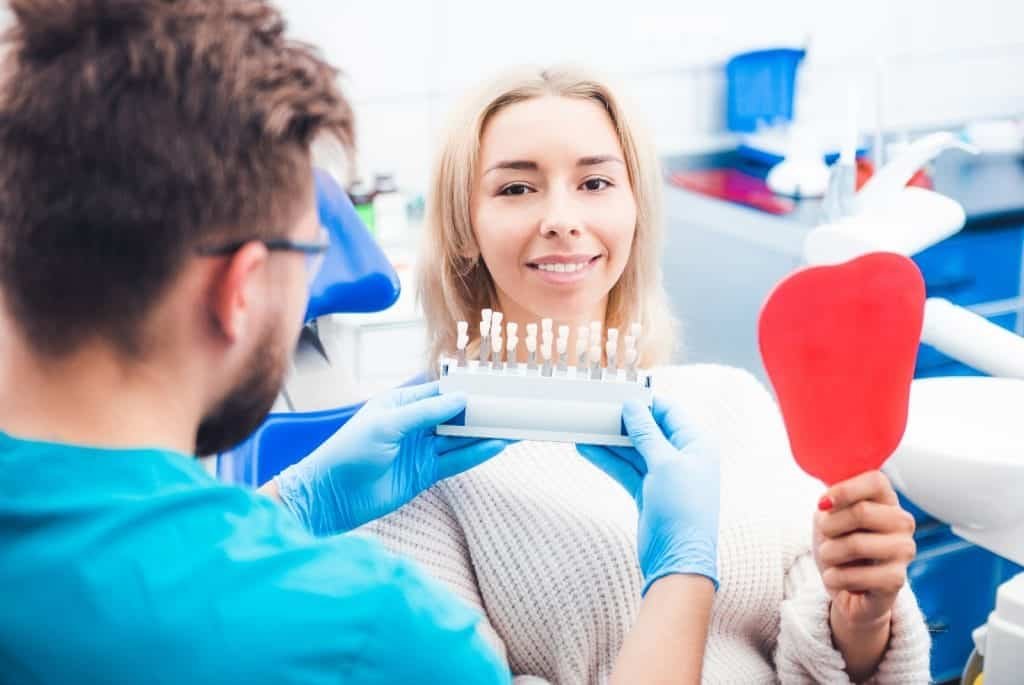

Whether it’s the fun flavors for kids or the gentle yet effective whitening gels for adults, every neen product is designed to put your smile and health first.